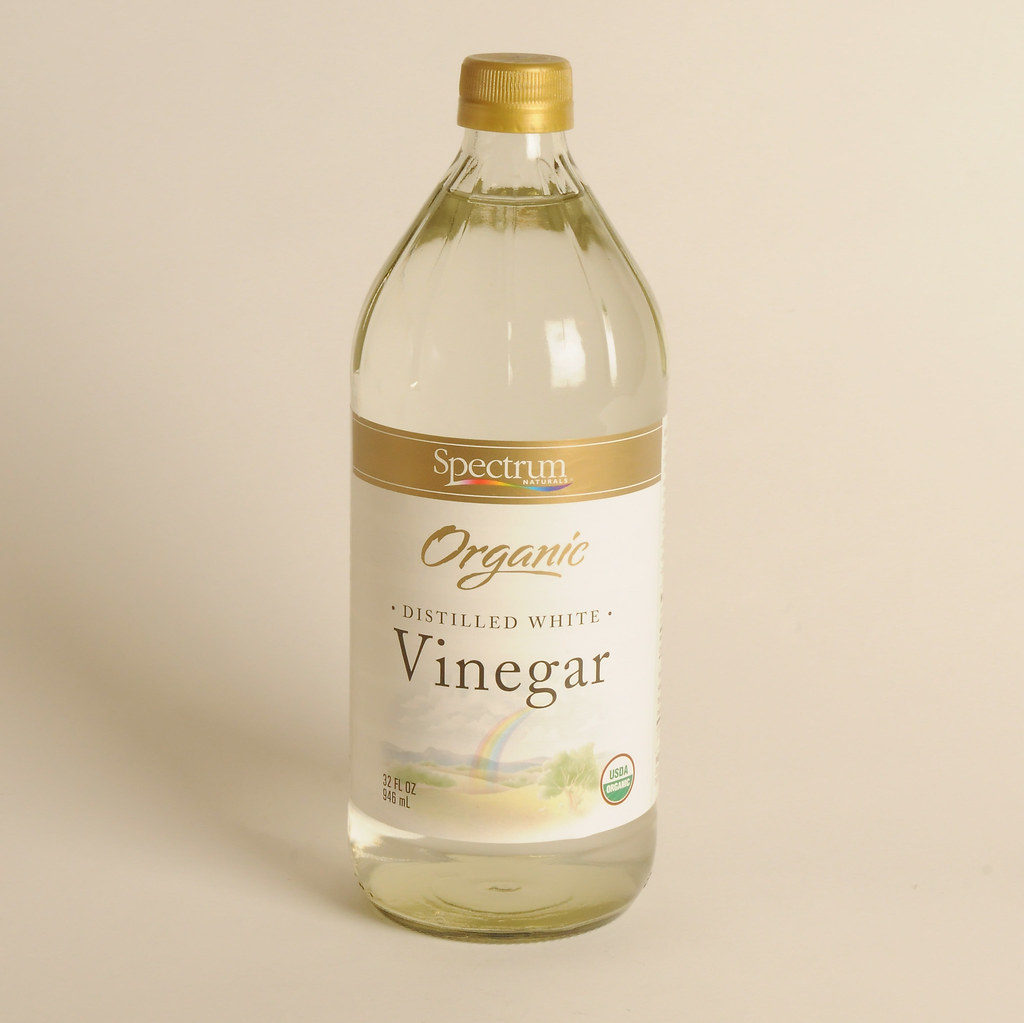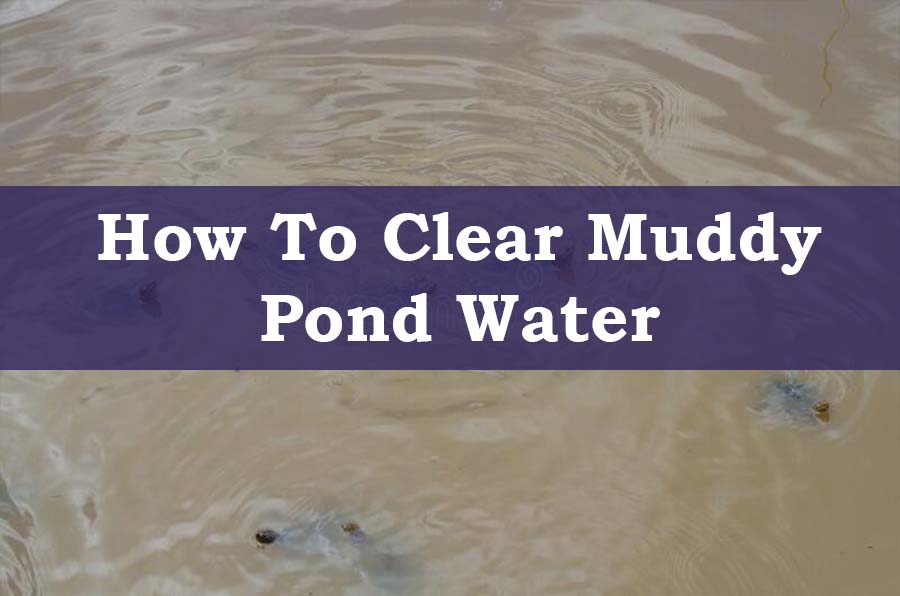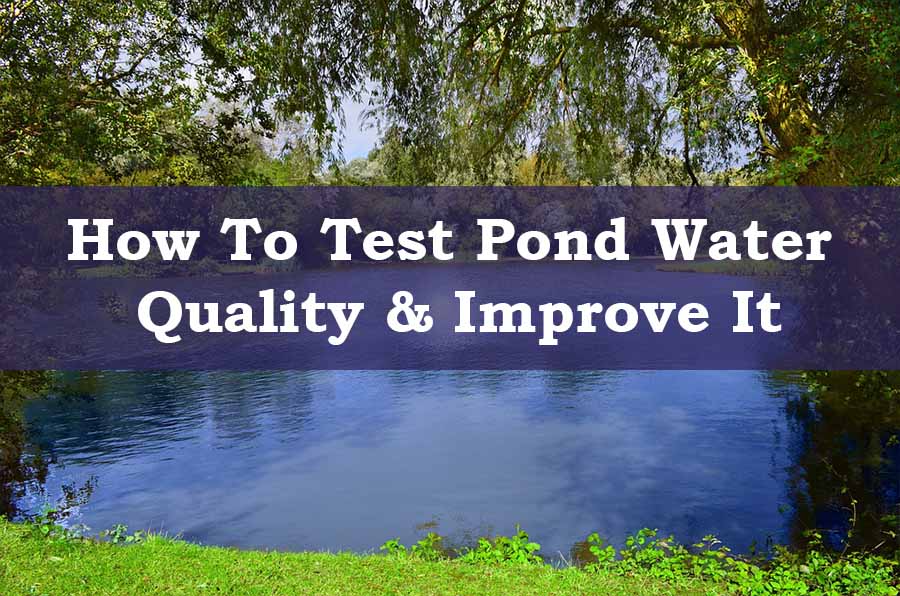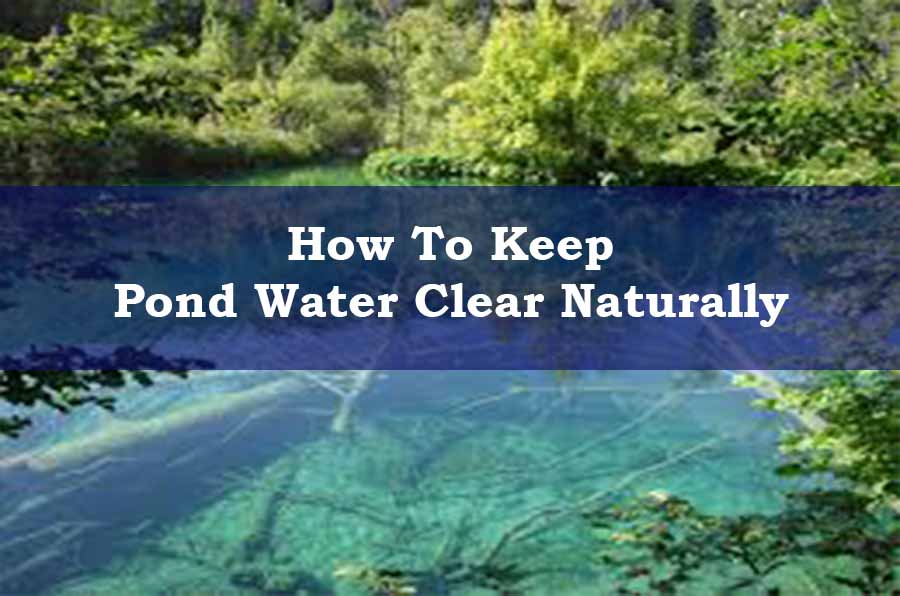Regular tap water contains around 4.0 PPM (Parts Per Million or mg/l) chlorine. The ideal level of chlorine for the fish pond is 0.00 PPM.
In the treatment plants, Chlorine is added at the last stage of the water treatment process to kill the pathogens. An extra dose of chlorine is added to the water so that it can kill the pathogens remained in the pipeline. Therefore, your tap water contains chlorine and chloramine.
Chlorine is toxic to fish. It damages the gills through which fish absorb Oxygen from water. Therefore, fish die due to a lack of oxygen. It is called Asphyxia or Asphyxiation.
Therefore, removing chlorine from your tap water is a must before you add the water in your pond.
In this article, I will discuss the easiest and effective ways of removing chlorine and chloramine from tap water. Some of these methods also work for removing other harmful materials.
So, stay with me to the end.
Table of Contents
7 Ways to Dechlorinate Tap Water for Pond and Plants
Let the Tap Water Stand for Some Hours Depending Upon Chlorine Content
This is a convenient method if you have a small pond.
Put your tap water in a bucket and left it exposed to the environment. It will take 24-48 hours for the chlorine to leave the water id there is a small amount of chlorine present in the water, less than 1 ppm. After that, you can add this water to your pond.
So how this process works?
Chlorine gradually rises at the top of the water as it is lighter than water. Then it leaves the water and escapes into the atmosphere.
But this process only works for chlorine, not for chloramine. Chloramine is heavy and therefore it stays in the water. So, if your tap water contains it, you have to try other treatment methods.
Also, try to use and wider bucket rather than a deep one because it gives more exposed water area. As a result, chlorine expels from water more efficiently.
Determine the amount of chlorine content in water to estimate the time required for the process. Whatever the amount of chlorine is, the time shouldn’t be less than 24 hours. Again, before you add the water in the pond, check the chlorine content again to make sure it is safe for the fish.
Use a Pond Aerator
Aeration is an efficient method to evaporate chlorine from water.
The working mechanism is the same as the method above. The only difference is, it takes less time.
But for chloramine, it can take more time. On average chloramine takes 3.5 times longer to leave the water by aeration process. So, if there is the presence of chloramine in your tap water, this process may not be suitable for you.
You can use an aerator for the dichlorination process in two ways.
Firstly, you can add some of the tap water to your pond and keep your pond aerator running for the day. The next day you can add more water to the pond and run the aerator.
This method is useful when there is a presence of chlorine in the existing pond water.
Secondly, you can take the tap water in a bucket and put an air pump in it. It will take an average air pump 10 minutes to expel all the chlorine from 10 gallons of water. Before you add the water in your pond, measure the chlorine content again to make sure it is safe.
Use Water Dechlorinator & Conditioner
Dechlorinators are ready to use chemicals that remove chlorine from water. In addition, there are some products that can also remove chloramine, nitrate, and heavy metals from water. Therefore, if your tap water contains chloramine beside chlorine, using a dechlorinator is the most efficient option.
Before using dechlorinators in water, you should measure the chlorine and chloramine content of the water and then decide the dose according to the instruction of the manufacturer.
This method is suitable for both small and large ponds. Also using these chemicals is easy. You just need to mix the required amount of it with water before you add it to the pond.
You can also use these chemicals on existing pond water. They aren’t harmful to fish if the proper dose is maintained.
The best pond dechlorinator available on market right now is Seachem and Prime Water conditioner (Link to Amazon). We recommend this because it can also remove chloramine, nitrites, and ammonia from the water. And most of the cases, chlorine, and these chemicals are present in water at a time.
Another good koi pond dechlorinator that is worth to mention is the API Pond’s Chlorine and Heavy Metal Neutralizer (Link to Amazon). If there is any trace of heavy metal along with chlorine in pond water, this will remove both of them.
Before you buy any de-chlorinator and conditioner, first test the water to find out what harmful substances are present in it. Then decide the most effective chemical to remove it.
Use Activated Carbon or Charcoal Filter Media
Activated Carbon is the most effective filter media to filter out hard to remove particles.
The normal mechanical and biological filters can’t dechlorinate tap water effectively, but activated carbon can. The reason is it can trap the chlorine into itself by adsorption. Besides, it also polishes the water and hence pond water looks clearer and more beautiful.
If you already have a filter, you can filter for your pond, you can add activated carbon as a filter media in it. After adding, circulate the water through the filter and it will remove chlorine.
Use a Carbon Filter Hose Attachment
Carbon filter hose attachment is the easiest and best way to dechlorinate tap water for plants. It is quick and easy to install and no assembly is required.

You can attach this filter with your garden hose and get chlorine, chloramine free water. Moreover, it can remove hydrogen sulfide, iron, lead, mercury, odor, turbidity, cadmium, aluminum, and most importantly heavy metals.
But the problem is it has a low capacity of around 1 to 2 gallons per minute. Therefore, it is only suitable for small size pond not for larger ones.
Use a Dechlorination Water Filtration System
The best way to remove chlorine from water is the Reverse Osmosis filter. When incorporated with activated carbon, it can remove 98% chlorine from water.
In reverse osmosis, any ion dissolved in water can also be separated.
Therefore, it will give you the cleanest water possible by any filtration system.
But there are some downsides also. First of all, these filters are energy-intensive. Therefore, not suitable for a large volume pond. Again, it also produces a considerable amount of wastewater and disposal of this can be troublesome.
Boil the Water
Does boiling water dechlorinate it? The answer is yes.
Boiling is another cheap and easy method to dispel chlorine from water. However, it is only feasible if you have a really small pond.
This works following the same principle of open aeration. But due to boiling, the chlorine atoms get more energy and hence leave water more quickly. You need to boil the water for about 15 minutes to completely expel chlorine from water.
But this method will not work if chloramine is present in water. Also, if you need to add a large volume of water in your pons, this method is not suitable because of the huge cost of fuel or electric energy.
So far these are the methods that you can adapt to dechlorinate your tap water. Now it is your turn to find out the most suitable method for you and serve clean and chlorine-free water for your fish. And as always test the chlorine and other chemical content of water before you add it to your pond.
If you have any queries regarding this, feel free to ask me in the comment section. Happy fish keeping.










